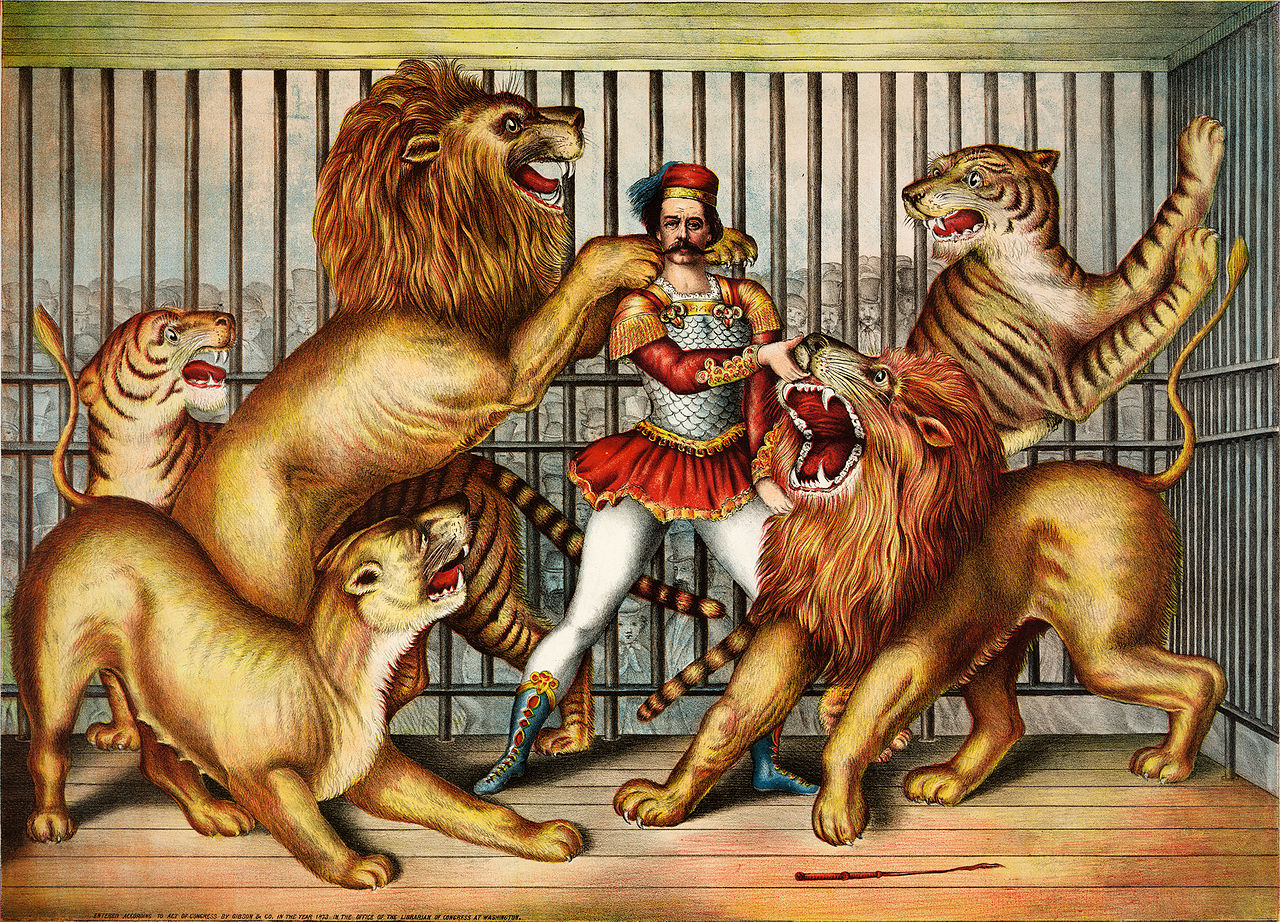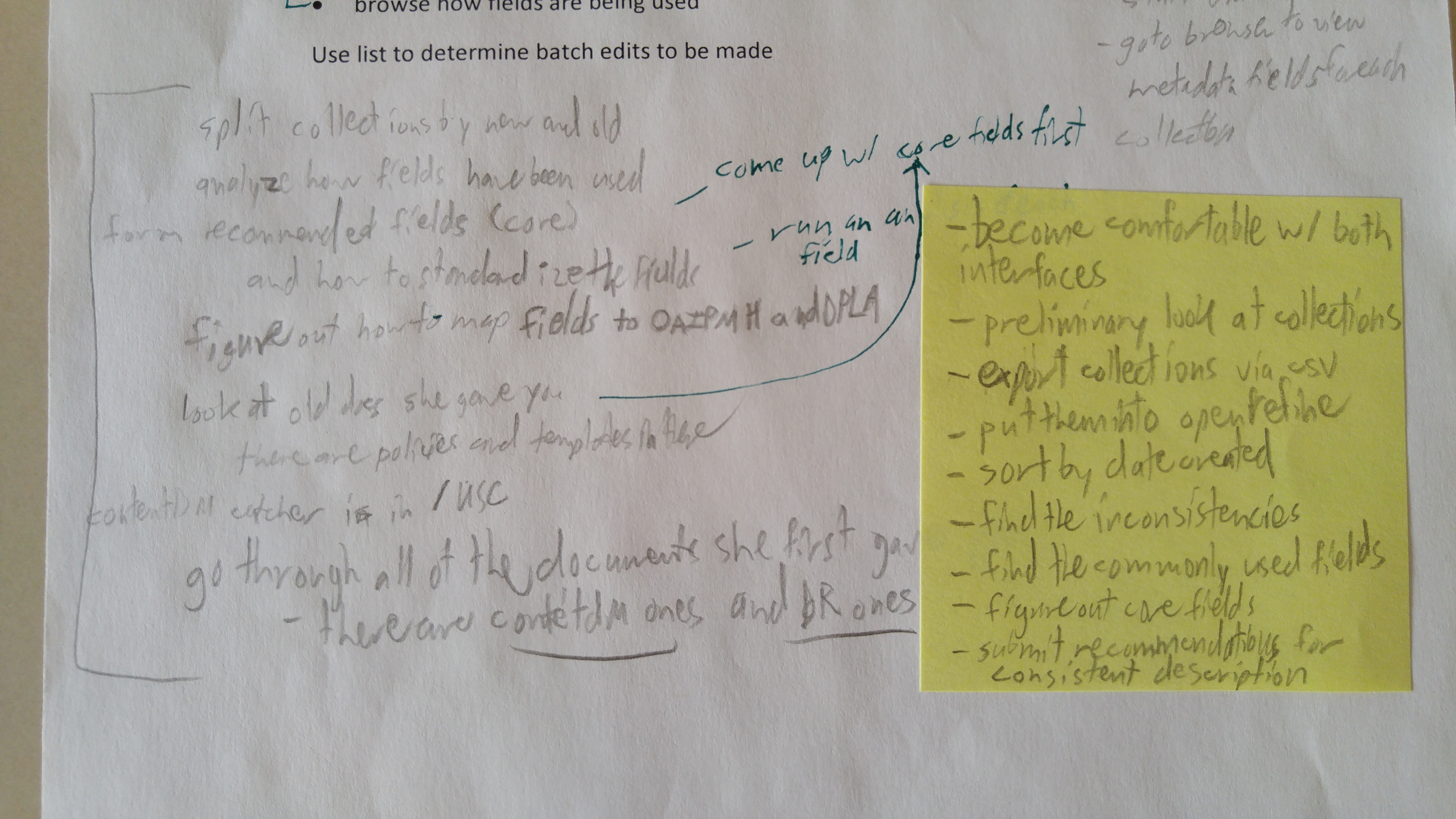
Have you ever been assigned to a project? If so, you know that they can be daunting, sometimes overwhelming creatures that seem challenging to overcome. Where do you begin? What next? Before you know it you’re lost in the jungle with no clear way out. So, how do you tame the beast? How do you get through a project without getting lost along the way? In this post I’ll be making a case for tasks.
Paving the way through the jungle
Tasks are the real, tangible steps taken to accomplish a goal, in this case, a project. Together, they build the roadmap that helps you get from point A to point Z. So, how do you come up with tasks for a large, sometimes abstract project? First, you need to understand what the end goal is. Second, you need to understand where you are currently at. Then you start plotting the tasks. Begin with high-level, somewhat tangible tasks (I sometimes call these objectives). From there, break down each of those tasks into smaller, more refined tasks. Continue that process until you feel you have a solid map to begin with.
Many times tasks are evolutionary. You come across something you didn’t expect, or one of your tasks falls through. Just keep plotting forward towards the end goal. Below is a real-world example from a project I’m currently working on.
The real-world example
I began employment at Iowa State University (ISU) back in June. A month into the job I met with my fellow amazing metadata librarian, Kelly Thompson, to be assigned my first legit metadata project. She tells me that she’d like for me to analyze ISU’s digital collection metadata for data cleanup purposes and to come up with a core set of metadata fields to use for all of the digital collections with the end goal of contributing to consortia like the Open Archives Initiative (OAI) and Digital Public Library of America (DPLA).
So there I was with my first big-boy project. How was I supposed to tackle this project when I had very limited knowledge of ISU’s digital asset management system (an OCLC-hosted ContentDM instance), in addition to the fact that I had no in-depth understanding of their metadata model? Luckily, my task-driven instincts kicked in. First, I needed to figure out the end goal: prepare ISU’s digital collection metadata for outside sharing through OAI and DPLA. Then, I needed to understand my current standing: ground zero. From there, I began paving the way.

The initial tasks I came up with, seen on the sticky note above, gave me enough fuel to get the engine running. Eventually some of these tasks fizzled, while others have exploded into multi-step mini-projects. I’m almost two months in now, and the project has grown exponentially. But I am not stressed out, because I have tasks to keep me grounded.
Concluding thoughts
Reflecting on the project thus far, I do have a couple of thoughts and tips. I have the files for this project organized in a hierarchical folder structure, which helps me keep related files neatly together. They are divided into categories like “Data dictionary”, “Metadata fields to be cleaned”, and “Data cleanup workflows”. As you can see from my sticky note, my tasks are not as organized. For future projects I would like to arrange my tasks to reflect how I’ve organized my folders/files to better pair the two. This would make the tasks easier for me to keep track of. It would also increase clarity when I meet with colleagues to discuss a project.
One recommendation I would make is to flesh out your tasks and plan ahead as much as you can before the project begins. The more you can prepare beforehand the easier it will be to keep the beast tamed. I have been on past projects where the group did very little preparation beforehand, and it showed. It was very difficult to get the project going and to keep everybody on the same page.
Caroline
I’ve been a victim of project anxiety a time or two. Whenever I start a new big project I always have to take a deep breath and remind myself to follow the steps outlined in this article… 1)Identify desired endpoint 2)Figure out what you do and don’t know 3)Break everything down into small tasks 4)Attack! 5)Repeat. Also, seek advice from someone who has already done what you’re attempting to do if possible!
Okay, here is a fabulous & simple task-management/organization tool I love to pass along: WorkFlowy.com
It’s not often I can say an app has changed my life for the better, but WorkFlowy has. If you’re looking for an easy way to organize & track tasks, consider trying it out!
Richard Byrne of FreeTech4Teachers.com gives a concise review of WorkFlowy if you’d like another recommendation: http://www.freetech4teachers.com/2012/04/workflowy-is-simple-task-management.html#.Vc4gNZdl2iw